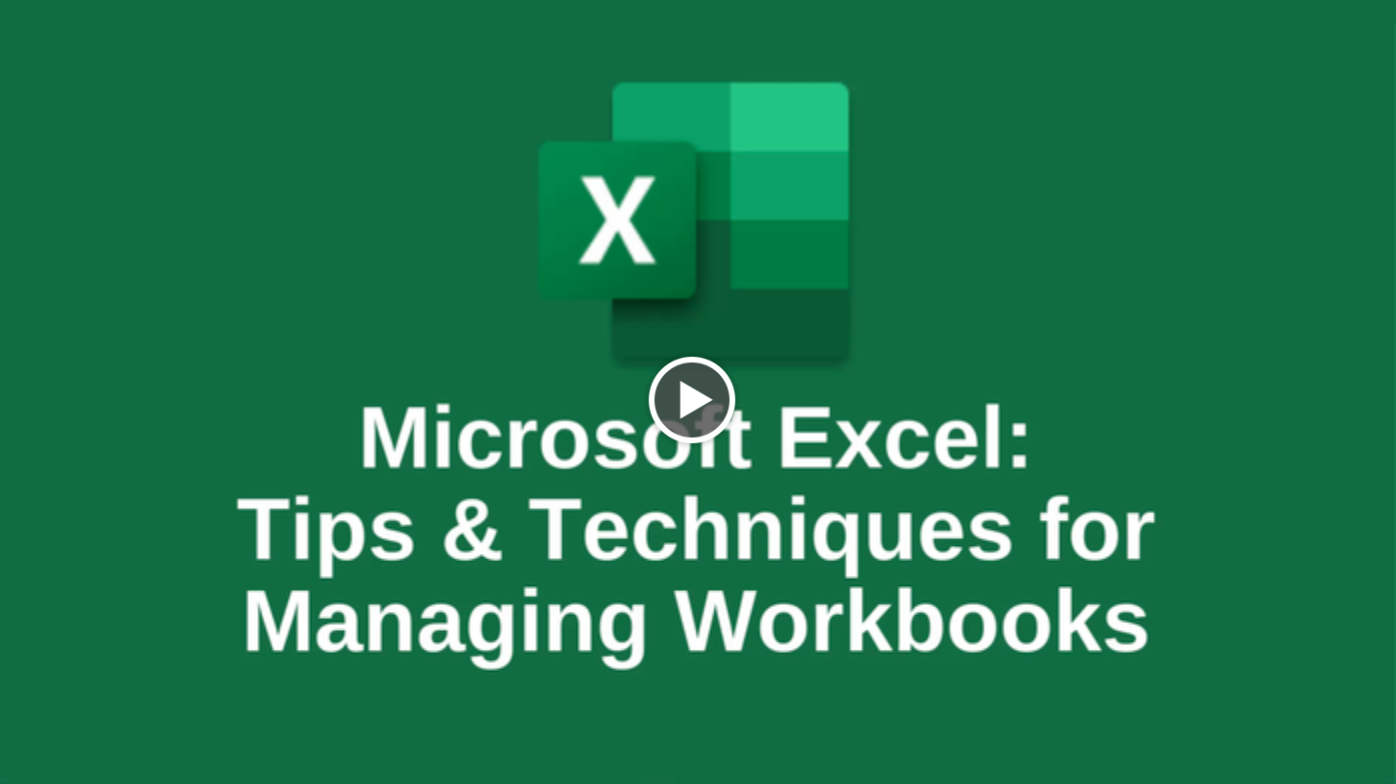Mitigate Disaster with a Comprehensive Business Continuity Plan
When you create a detailed business continuity plan, you can keep disaster from disrupting your operations. See how to get started here.

When disaster strikes, disruptions to your operations could negatively impact your construction projects, pushing them past the deadline and over budget. And it is not just natural disasters you have to worry about, either.
Everything from serious IT problems to the loss of important team members has the potential to wipe out your operations. That is, unless you have a smart business continuity plan in place. With this plan, you can keep your operations moving along like normal, helping ensure the success of all your construction projects.
Importance of Having a Business Continuity Plan
In optimal conditions, there’s no doubt everything runs like clockwork, as your team works hard to complete their individual tasks. If anyone fails to come through, however, everything could grind to a halt. Furthermore, without writing it out, only a few in your company may know just what everyone should be working on and how it all comes together.
Therefore, you need a business continuity plan just in case serious disruptions leave you without certain team members, equipment, or workspaces. In many ways, this plan is a big-picture overview of everything that goes on at your construction firm. It also identifies all the workarounds you can use when faced with disruptions caused by different disaster scenarios.
Above all, your plan should detail who is in charge of each department in the absence of key players and all the ways they can keep moving forward in their daily duties. With that approach, you can keep major disruptions from throwing your workforce off track or preventing them from completing their tasks.
How to Create a Continuity Plan for Your Business
Without knowing what is on the horizon, there is really no time to waste in creating your business continuity plan. Thankfully, you can easily approach this process by using the following steps.
Take a Complete Inventory of Your Company
Taking inventory of your workforce, contacts, and equipment is the very first thing you must do to create your plan. You will likely need to take a big step back from your construction company to complete this step.
To start, create a list of all your employees, noting the major players in each department. Add their contact information in full, so you can find how to reach out at a glance. Then, create similar records of your material suppliers, clients, and other important contacts.
Next, you can move onto creating a complete inventory of all the equipment used on each of your job sites. Make sure to include their make, model, and serial numbers, so you can find parts or file claims as needed to keep things moving along. In addition, note any local parts suppliers, repair techs, and equipment dealers for those brands to complete your log.
Outline Existing Processes and Highlight Critical Areas
With the completion of the inventory step, you will need to look at your operations. Go from department to department, look at the duties of each employee and how they support other departments. Along the way, busy yourself with creating flowcharts for all the distinct processes used to run your construction company.
Throughout this process, identify your key operations and the major players you depend on to get the work done. Then, see who can fill in if those individuals cannot make it work. Also, add ways employees can workaround specific disruptions and continue to fulfill their core duties.
Identify Temporary Workstations and Keep Them Updated
If your core employees cannot get to their normal workstations, everything should not grind to a halt. But it will unless you have already identified temporary workstations and made the effort to keep them updated.
The workstations should have all the equipment and software normally used by the team and be completely ready for their use. So, create an update schedule and make sure the temporary workstations are included whenever you complete a major equipment or software upgrade. Furthermore, ensure your employees know about the existence of these workstations and how to access them.
Create Your Plan for Maintaining Critical Operations
With your understanding of your core operations, you can create a plan for each of your employees, helping them mitigate the effects of the disaster. Working across all departments, you will need to indicate who is responsible for getting each system back online and up to their normal operating levels. They should have a clear direction on the steps to take and the tools they will need to complete the assigned tasks.
Your plan should cover not only the construction tasks you are responsible for in that moment, but also all the administrative ones. You need to let your payroll department know how to proceed, for example, to ensure they can continue to process payments for all your employees.
Once you are finished creating your business continuity plan, store the main copy in a secure location and provide each department with their own copies.
Don’t Wait — Create Your Business Continuity Plan Today
So, now that you know what to do, there’s really no reason to wait. Start building your business continuity plan today to protect your operations from disaster. Otherwise, your employees could be left without the knowledge needed to keep your business afloat until everything returns to normal.








